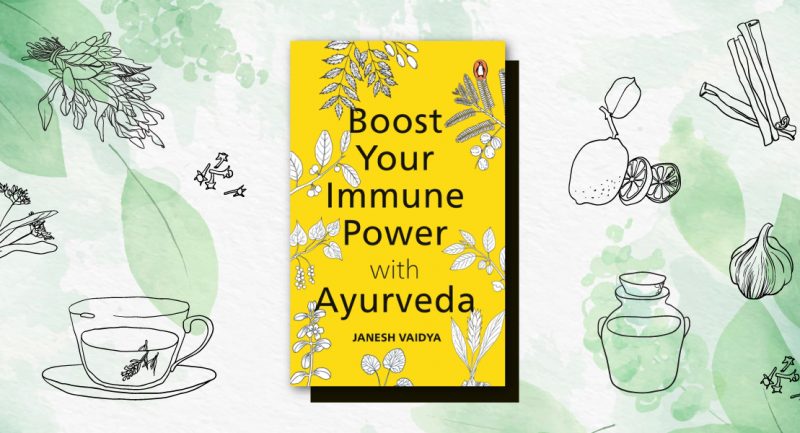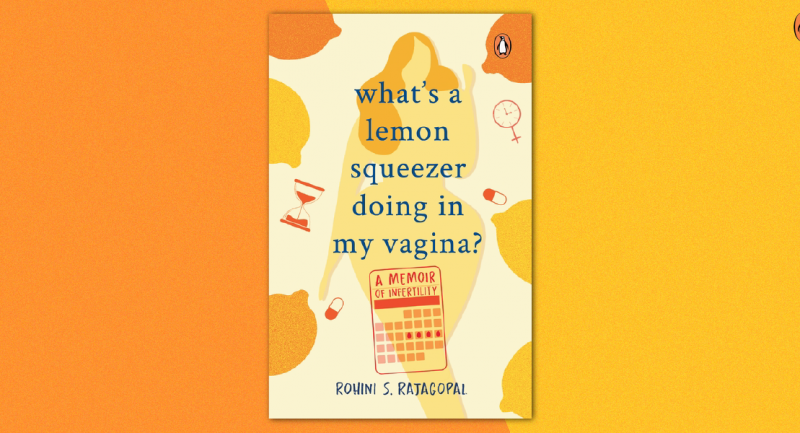
Senior journalist Nidhi Razdan’s ,‘Left, Right and Centre: The Idea of India’ captures the country in its essence as a melting pot of cultures and histories
Former bureaucrat and current Member of Parliament, Shashi Tharoor, in his essay ‘The Idea of an Ever-ever Land’ talks about how any truism can never hold good for a country as plural as India.
Here’s an excerpt from Tharoor’s essay.
Just thinking about India makes clear the immensity of the challenge of defining what the idea of India means. How does one approach this land of snow peaks and tropical jungles, with twenty-three major languages and 22,000 distinct ‘dialects’ (including some spoken by more people than Danish or Norwegian), inhabited in the second decade of the twenty-first century by over a billion individuals of every ethnic extraction known to humanity? How does one come to terms with a country whose population is nearly 30 per cent illiterate but which has educated the world’s second-largest pool of trained scientists and engineers, whose teeming cities overflow while two out of three Indians scratch a living from the soil? What is the clue to understanding a country rife with despair and disrepair, which nonetheless moved a Mughal emperor to declaim, ‘if on earth there be paradise of bliss, it is this, it is this, it is this . . .’? How does one gauge a culture which elevated non-violence to an effective moral principle, but whose freedom was born in blood and whose independence still soaks in it? How does one explain a land where peasant organizations and suspicious officials once attempted to close down Kentucky Fried Chicken as a threat to the nation, where a former prime minister once bitterly criticized the sale of Pepsi-Cola ‘in a country where villagers don’t have clean drinking water’, and which yet invents more sophisticated software for the planet’s computer manufacturers than any other country in the world? How can one determine the future of an ageless civilization that was the birthplace of four major religions, a dozen different traditions of classical dance, eighty-five major political parties and 300 ways of cooking potato?
The short answer is that it can’t be done, at least not to everyone’s satisfaction. Any truism about India can be immediately contradicted by another truism about India. It is often jokingly said that ‘anything you can say about India, the opposite is also true’. The country’s national motto, emblazoned on its governmental crest, is ‘Satyameva Jayate’: Truth Alone Triumphs. The question remains, however, whose truth? It is a question to which there are at least a billion answers, if the last census hasn’t undercounted us again.
But that sort of an answer is no answer at all, and so another answer to those questions has to be sought. And this may lie in a simple insight: the singular thing about India is that you can only speak of it in the plural. There are, in the hackneyed phrase, many Indias. Everything exists in countless variants. There is no single standard, no fixed stereotype, no ‘one way’. This pluralism is acknowledged in the way India arranges its own affairs: all groups, faiths, tastes and ideologies survive and contend for their place in the sun. At a time when most developing countries opted for authoritarian models of government to promote nation building and to direct development, India chose to be a multiparty democracy. And despite many stresses and strains, including twenty-two months of autocratic rule during the 1975 Emergency, a multiparty democracy—freewheeling, rumbustious, corrupt and inefficient, perhaps, but nonetheless flourishing—India has remained.
One result is that India strikes many as maddening, chaotic, inefficient and seemingly ‘unpurposeful’ as it muddles its way through the second decade of the twenty-first century. Another, though, is that India is not just a country, it is an adventure, one in which all avenues are open and everything is possible. ‘India,’ wrote the British historian E.P. Thompson, ‘is perhaps the most important country for the future of the world. All the convergent influences of the world run through this society . . . There is not a thought that is being thought in the West or East that is not active in some Indian mind.’
Just as well a Brit said that, and not an Indian! That Indian mind has been shaped by remarkably diverse forces: ancient Hindu tradition, myth and scripture; the impact of Islam and Christianity; and two centuries of British colonial rule. The result is unique. Many observers have been astonished by India’s survival as a pluralist state. But India could hardly have survived as anything else. Pluralism is a reality that emerges from the very nature of the country; it is a choice made inevitable by India’s geography and reaffirmed by its history.
Pluralism and inclusiveness have long marked the idea of India. India’s is a civilization that, over millennia, has offered refuge and, more importantly, religious and cultural freedom to Jews, Parsis, several varieties of Christians and, of course, Muslims. Jews came to Kerala centuries before Christ, with the destruction of their First Temple by the Babylonians, and they knew no persecution on Indian soil until the Portuguese arrived in the sixteenth century to inflict it. Christianity arrived on Indian soil with St Thomas the Apostle (Doubting Thomas), who came to the Kerala coast some time before 52 ce and was welcomed on shore by a flute-playing Jewish girl. He made many converts, so there are Indians today whose ancestors were Christian well before any Europeans discovered Christianity. In Kerala, where Islam came through traders, travellers and missionaries rather than by the sword, the Zamorin of Calicut was so impressed by the seafaring skills of this community that he issued a decree obliging each fisherman’s family to bring up one son as a Muslim to man his all-Muslim navy! This is India, a land whose heritage of diversity means that in the Kolkata neighbourhood where I lived during my high school years, the wail of the muezzin calling the Islamic faithful to prayer routinely blends with the chant of mantras and the tinkling of bells at the local Shiva temple, accompanied by the Sikh gurdwara’s reading of verses from the Guru Granth Sahib, with St Paul’s cathedral just round the corner.










